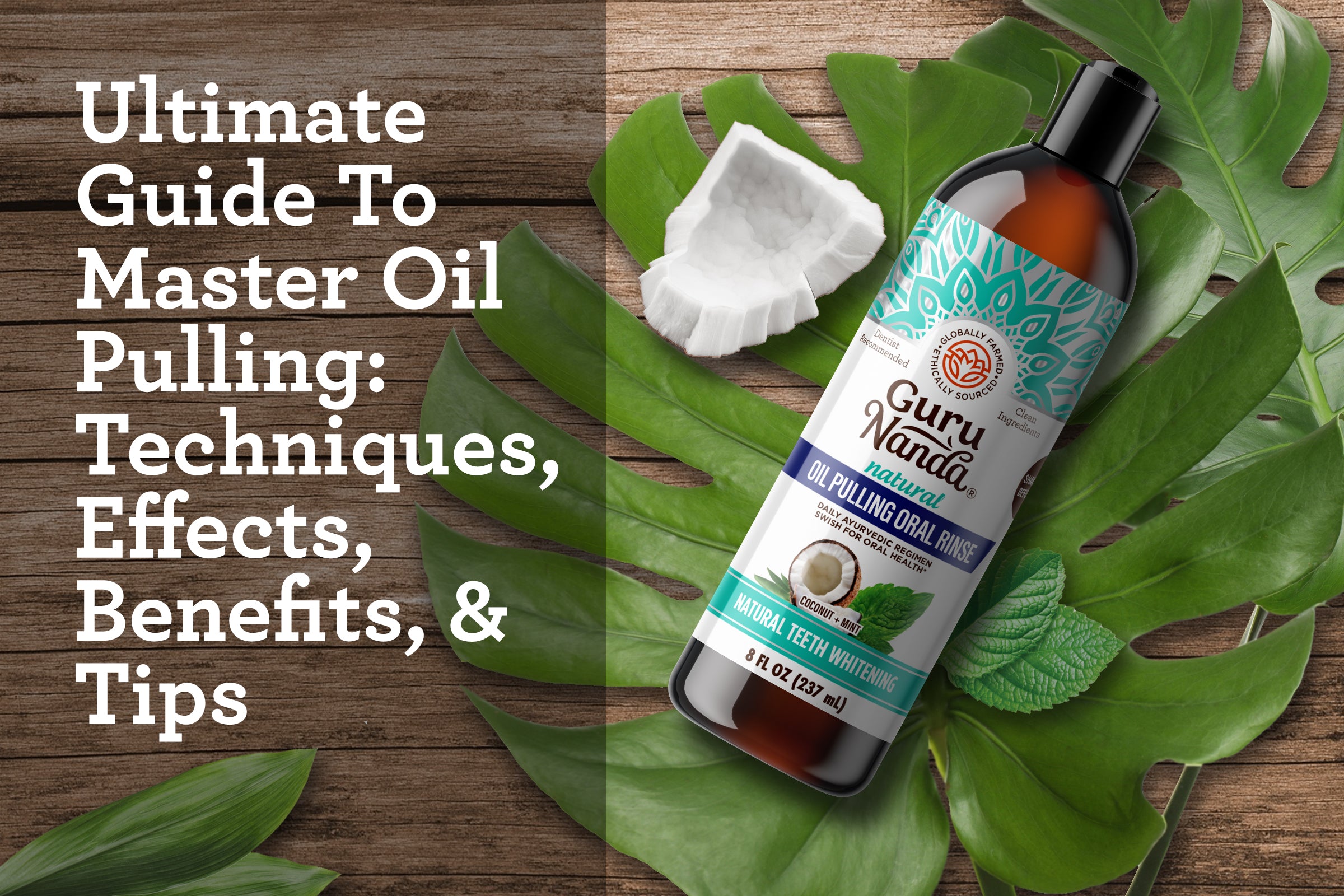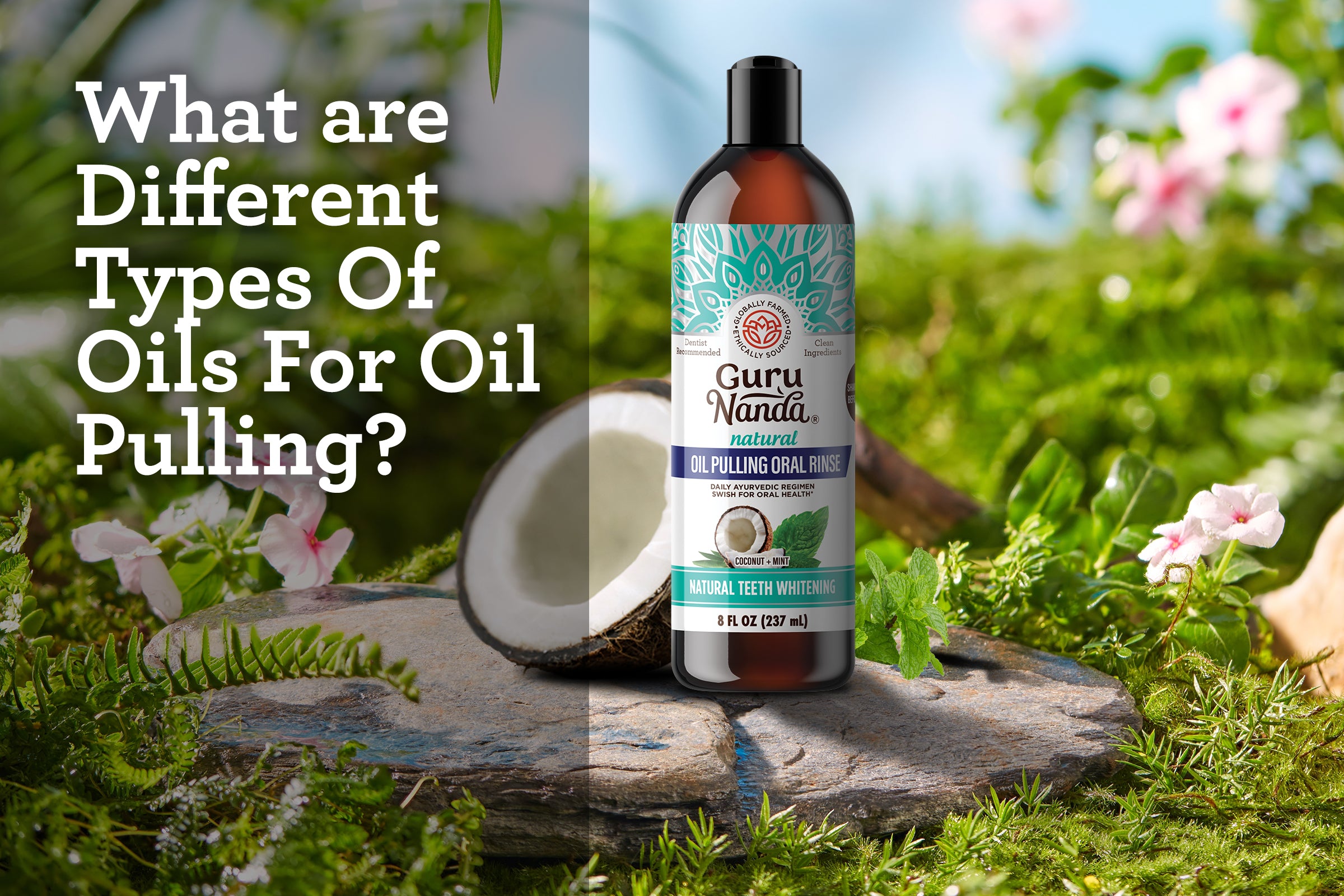What is Chlorhexidine Gluconate Oral Rinse?
Chlorhexidine gluconate mouth rinse, also known as a germicidal mouthwash or Peridex is a prescription medication primarily used to manage gingivitis, an inflammation of the gums characterized by swelling, bleeding, and redness. Gingivitis results from bacteria that increase the plaque accumulating on your teeth between brushings. This antibacterial mouthwash, effective in destroying these bacteria, plays a crucial role in preventing gingivitis. However, it's important to note that chlorhexidine does not prevent plaque and tartar formation, making a regular oral care regimen essential. [1][2]
A study highlights chlorhexidine's effectiveness as an antiseptic mouthwash in treating the symptoms of gingivitis. Dental professionals often prescribe this mouthwash for patients undergoing treatment for gum diseases or specific dental procedures. Its strong antimicrobial properties significantly reduce mouth bacteria, thereby alleviating gum problems such as swelling, bleeding, and redness. Additionally, it finds use in controlling plaque associated with periodontal disease, a serious problem that can damage the gums and even the bones that hold your teeth in place, leading to teeth getting loose or falling out. It can be a helpful extra treatment to use between visits to the dentist to keep your mouth clean and healthy. [1]
Despite its benefits, chlorhexidine gluconate can cause some side effects, including changes in taste sensation. Available only through a dentist's or doctor's prescription, it complements regular dental hygiene practices like oil pulling, brushing, and flossing, rather than replacing them.
Optimal Use and Dosage of Chlorhexidine Gluconate Oral Rinse
Chlorhexidine gluconate should be used following specific guidelines. The recommended dosage for adults is 15 milliliters (mL) as a mouthwash, swished for 30 seconds, twice a day after meals. Ensure no toothpaste residue is left in your mouth before use. Children's use and dosage should be determined by a dentist or doctor. It's crucial not to swallow the rinse, dilute it, or mix it with other substances. After using, wait for at least 30 minutes before eating, drinking, or rinsing your mouth to maximize the medication's effectiveness. If you forget to take your medicine, take it as soon as you remember. But, if it's nearly time for your next dose, don't take the missed one. Never take two doses close together to make up for a missed one which means avoiding double dosing. The precise dosage may vary based on individual medical conditions and should always be as prescribed by your healthcare provider. [3]
Benefits Of Using Chlorhexidine Mouthwash
Research indicates that Chlorhexidine mouthwash, with its powerful antibacterial properties, is highly effective in maintaining oral health, especially after dental procedures like tooth scaling and root planing. This antiseptic rinse is adept at killing bacteria responsible for gum disease, thus treating symptoms like inflammation, swelling, and bleeding associated with gingivitis. Additionally, it's beneficial for easing symptoms of mouth infections, including sore throats and mouth ulcers. [4]
Regular use of chlorhexidine, typically visible in results within a few weeks, can significantly reduce gum bleeding in cases of mild gum disease. However, it's crucial to adhere to the duration advised by your healthcare provider, which is generally no more than a couple of weeks. This ensures both efficacy and safety in its application for oral health.
Chlorhexidine Mouthwash Side Effects & Warnings
Chlorhexidine mouthwash, while effective for oral health, may have several side effects. Primarily, it can cause staining of teeth, dental restorations, and the tongue. These stains can often be removed with professional dental cleaning, but caution is advised for those with anterior white fillings. Another common side effect is an alteration in taste; while usually temporary, some rare cases report permanent taste changes. Additionally, an increase in tartar formation is possible. [3]
Pregnant or breastfeeding individuals should consult their dentist, as its safety in these conditions isn't fully established. Chlorhexidine isn't recommended for children under 18. Regular dental check-ups and hygiene practices remain essential, even when using this mouthwash.
Side effects like tooth or tongue staining, mouth or throat irritation, dry mouth, and taste changes may occur. If these persist or worsen, consult your healthcare provider. To minimize staining, brush two times daily and consider using tartar control toothpaste and an electric toothbrush. Dental visits every six months for cleaning can also help. [5]
Serious allergic reactions are rare but require immediate medical attention. Symptoms may include mouth or skin rash, itching/swelling, severe dizziness, or breathing trouble.
Evaluating Natural Alternatives to CHX Gluconate Mouthwash
Chlorhexidine Gluconate (CHX) oral rinse is widely recognized for its strong antibacterial properties, making it a prescribed choice for addressing specific oral health conditions. Despite its effectiveness, the potential side effects and the restriction to prescription-only access have encouraged the exploration of natural alternatives for oral hygiene.
Among these alternatives, studies show that coconut oil has gained attention for its capacity to combat Streptococcus mutans as effectively as chlorhexidine mouthwash, through a method as straightforward as oil pulling. This simple, effective practice leverages the antibacterial qualities of coconut oil, presenting a natural method to enhance oral health. [6]
Tea tree oil, noted for its antimicrobial properties, offers another valuable option. Research supports its use in reducing oral bacteria levels and alleviating symptoms of gingivitis, making it a compelling natural remedy. Its effectiveness, particularly in comparison to chlorhexidine in treating gingivitis, alongside garlic oil, expands the range of natural oral health strategies. [7][8][9]
However, when considering the use of potent essential oils such as tea tree or garlic oil, it's crucial to be mindful of their concentration. For example, the 100% pure and undiluted tea tree essential oil by GuruNanda must be appropriately diluted before direct use in the mouth. Safe methods include adding a few drops into a base for rinsing, like GuruNanda Concentrated Mouthwash or Oil Pulling Rinse, offering a practical approach to incorporating these oils into oral care routines.
Research shows that CHX mouthwash can indeed harm the balance of the oral microbiome. The broader impact of CHX mouthwash on the oral microbiome, leading to a decrease in certain bacterial populations while increasing others, illustrates the need for balance. This change in bacterial balance, resulting from CHX's broad-spectrum antimicrobial action, can disrupt beneficial microbial communities in the mouth. In contrast, practices like oil pulling are noted for their selective targeting of harmful bacteria, promoting a healthier oral microbiome. [10]
Despite the advantages of natural alternatives, their use should be approached with caution. Potential allergies or adverse reactions, along with the importance of consulting with a dental professional, are critical considerations. This ensures that natural remedies safely and effectively complement one’s oral health care routine.
Frequently Asked Questions:
Q: When should you not use chlorhexidine gluconate?
A: Chlorhexidine gluconate should not be used if you have an allergy to any of its components. Additionally, pregnant or breastfeeding women should consult their healthcare provider before use and should use it only if clearly needed. [3]
Q: How long should I use chlorhexidine gluconate oral rinse and what is the maximum limit?
A: The maximum duration for using chlorhexidine gluconate oral rinse should be as prescribed by your healthcare provider. Typically, in most cases, the recommended usage period is up to two weeks, but this can vary depending on individual needs and the specific dental condition being treated. It's important to follow your healthcare provider's instructions closely. While chlorhexidine gluconate is effective for treating certain oral health conditions, prolonged use beyond the recommended period can lead to side effects. These side effects may include staining of the teeth and alteration of taste sensations. Always consult with your dentist or doctor to determine the appropriate length of treatment for your particular situation.
Q: How should chlorhexidine gluconate be stored?
A: Chlorhexidine gluconate should be stored at room temperature, away from direct sunlight and heat. Keep the bottle tightly closed when not in use and keep it out of reach of children.
Q: Is chlorhexidine gluconate available over-the-counter (OTC)?
A: Chlorhexidine gluconate is typically available by prescription only. However, lower-strength formulations may be available OTC in some regions. Consult a pharmacist or healthcare provider for more information.
Q: What is the cost of chlorhexidine gluconate oral rinse?
A: The cost of chlorhexidine gluconate can vary based on the brand, formulation, and location. It's generally considered an affordable medication, but prices can fluctuate. Checking with local pharmacies or healthcare providers can provide the most accurate cost information.
Q: What are the ingredients in chlorhexidine gluconate oral rinse?
A: The primary active ingredient in chlorhexidine gluconate oral rinse is chlorhexidine gluconate. Inactive ingredients may include water, alcohol, glycerin, saccharin sodium, flavoring agents, and other compounds to stabilize the solution, but these can vary by brand.
Q: How does CHX mouthwash work?
A: Chlorhexidine works through a four-stage mechanism. Initially, its positive charge attracts it to the negatively charged bacterial cell walls, and then strongly binds to cell surface phosphates. It damages the cell wall, causing cytoplasmic components to leak and inhibits enzymes. Finally, it coagulates the cytoplasm, killing the bacteria by targeting ATP and nucleic acids. [11][12][13]
Q: Can chlorhexidine gluconate cause dry mouth?
A: Yes, chlorhexidine gluconate, an antiseptic mouthwash widely used to control plaque and gingivitis, can indeed cause dry mouth as one of its potential side effects. If you're experiencing persistent dry mouth while using chlorhexidine gluconate, it's important to consult your dentist or healthcare provider for advice and possible alternatives. In addition to medical advice, some natural remedies, such as oil pulling, have been suggested to help alleviate symptoms of dry mouth. [14]
Q: Does chlorhexidine gluconate affect taste sensation?
A: Chlorhexidine gluconate can temporarily alter taste sensations. This effect is usually reversible after discontinuing the use of the mouthwash.
Q: Can I use chlorhexidine gluconate with other dental products?
It's recommended to wait at least 30 minutes after using chlorhexidine gluconate before using any other dental products like toothpaste or mouthwash. This allows the medication to work effectively without interference from other substances.
Q: What are natural alternatives to chlorhexidine mouthwash?
A: Two popular natural substitutes to chlorhexidine mouthwash include oil pulling with oils that contain various essential oils and choosing mouthwashes approved by the ADA that contain essential oils, like GuruNanda's Breath Harmonizer. Additionally, enhancing your regular mouthwash by adding essential oils, including those derived from tea tree and ginger, represents another effective alternative.
[1] https://www.ncbi.nlm.nih.gov/pmc/articles/PMC7567658/
[2] https://www.ncbi.nlm.nih.gov/books/NBK557422/
[3] CHLORHEXIDINE GLUCONATE 0.12% ORAL RINSE, USP
[4] https://www.ncbi.nlm.nih.gov/pmc/articles/PMC7393452/
[5] https://www.ncbi.nlm.nih.gov/pmc/articles/PMC7133541/
[6] https://www.ncbi.nlm.nih.gov/pmc/articles/PMC5109859/
[7] https://www.ncbi.nlm.nih.gov/pmc/articles/PMC7069753/
[8] https://pubmed.ncbi.nlm.nih.gov/35821403/
[9] https://pubmed.ncbi.nlm.nih.gov/12553397/
[10] https://www.frontiersin.org/articles/10.3389/fcimb.2023.1056534/full
[11] https://www.ncbi.nlm.nih.gov/pmc/articles/PMC9275362/
[12] https://www.ncbi.nlm.nih.gov/books/NBK553175/






